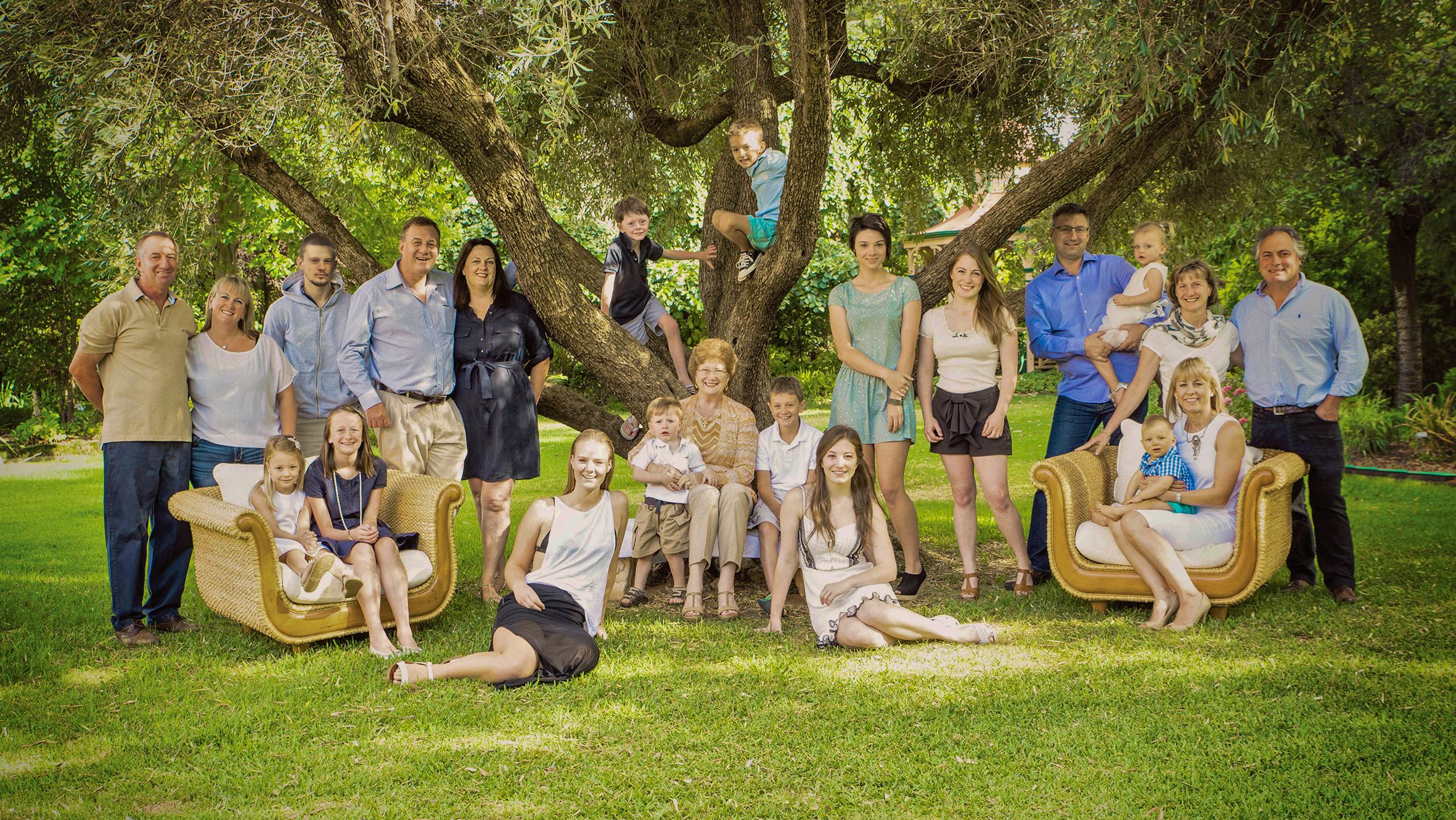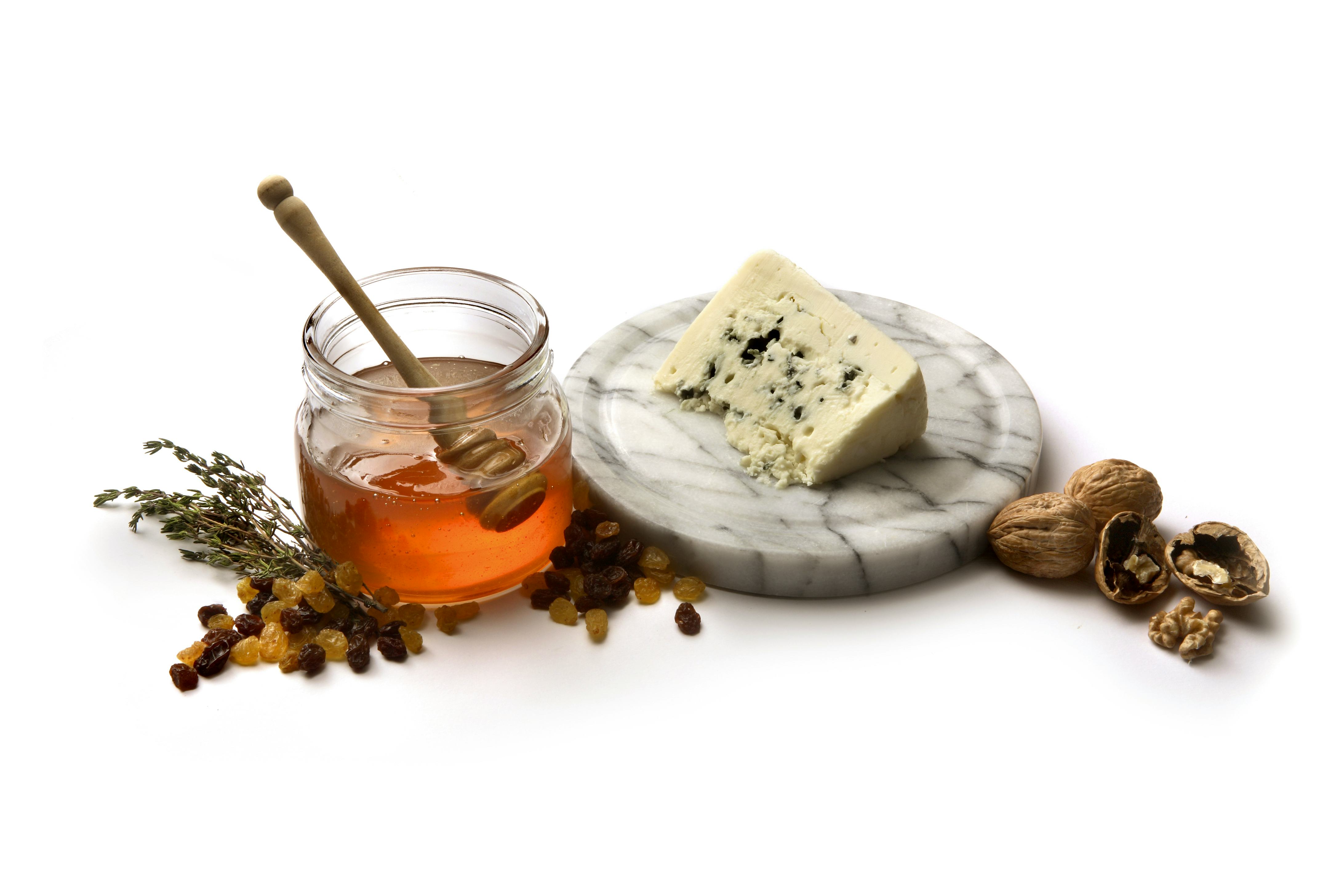Italy in the 1920s was not a good place to be. Decimated by the war, the country was on its uppers and thousands of young Italians headed to the New World in search of a better life. Many went to the US, but some, like Vittorio De Bortoli headed to the other side of the world.
He arrived in Australia in 1924 with nothing but a suitcase and a handful of coins in his pocket, eventually fetching up in Griffith.
It must have been a shock. The hot, flat plains and dusty red earth were a million miles away from the green, rolling hills of his homeland of Treviso in north-east Italy. And the latter’s medieval architecture was a far cry from Griffith too, known, prosaically, as Bagtown.
Beautiful it wasn’t, but what it did have was work. And after a couple of years getting his head down and living frugally (for a while, Vittorio even slept under an old water tank) he’d saved enough to buy himself a fruit farm.
It coincided with a crash in grape prices so severe that farmers didn’t even think it was worth their while trying to sell their grapes. Vittorio took 15 tonnes of Shiraz grapes off them for free, and made some wine on spec. It was the start of the De Bortoli wine business.
It grew steadily through the generations, with Vittorio’s son modernising the winery just in time for the first Australian wine boom of the 1970s. And it was his son Darren who created Noble One, the wine featured here.

Its first vintage was in 1982, and it made a big impression within the Australian wine industry. From the start, it won a string of trophies at wine competitions, and has continued to do so ever since. A golden wine in every sense.
It comes from the region where the family’s story all began: the Riverina. These hot, flat lands 500km north of Melbourne and 600km west of Sydney, are mostly known for the well-priced single varietal Shirazes and Chardonnays that fill shelves the world over.
But Noble One is a different story entirely. Yes, it’s a single varietal wine (Semillon, in this case) but it’s lush, expensive, and made in much smaller quantities. You’ll understand why when you hear how it’s made.

Grapes for botrytis wines are not picked at the same time as ‘normal’ table wines, but left out on the vines for months more. In that time, the grapes grow in intensity and sweetness until eventually they split, get covered in the grey fur of ‘noble rot’ and start to shrivel.
They look, it must be said, awful. But this is the secret of top dessert wines. From Sauternes to German Trockenbeerenausleses to Noble One, botrytis gives a wine of rare intensity and beauty.
Here, it concentrates the flavours from each grape into tiny, super-sweet drops of nectar, while retaining the natural zingy acidity of Semillon. It’s a classy, indulgent luxury; a fine accompaniment to blue cheese or dessert, and a good partner to spicier Asian curries.
It’s also a fitting legacy for a young Italian man who left his homeland almost 100 years ago.
What it tastes like:
Classic botrytis flavours of honey and stone fruits, with a streak of limey citrus through the middle and a soft wrap of comforting vanilla bean. Succulent, spicy and seductive.
Pair it with: Blue cheese with honey
Where to get it:
High Street: From £19.99 @ Cambridge Wine Merchants, Regency Wines, slurp.co.uk, Waitrose, The Wright Wine Company (Skipton)
